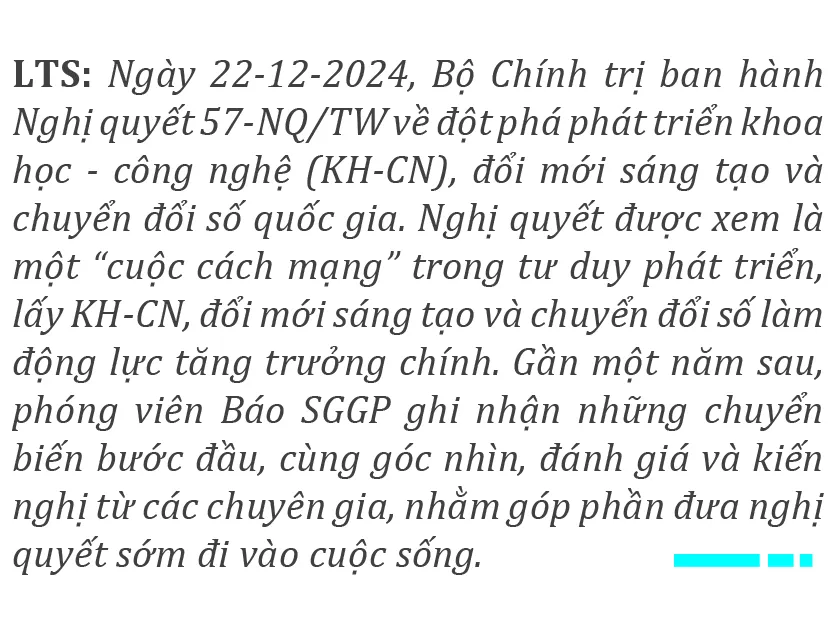
According to Dr. Nguyen Quan, former Minister of Science and Technology, Resolution 57 clearly demonstrates the strategic breakthrough will of the Party and State leaders in promoting science and technology to become the main driving force for national development. However, the implementation process is slow compared to practical requirements.


* Reporter : From the perspective of a former head of the Ministry of Science and Technology and an expert in this field, what is your assessment after nearly 1 year of Resolution 57 being issued?
- Dr. Nguyen Quan : Resolution 57 is a breakthrough, clearly demonstrating the strategic will of the Party and State leaders when identifying science, technology and innovation as the main driving force for growth. I am impressed with the four very new contents that are emphasized:
Firstly , the State budget funds science and technology according to the fund mechanism and through science and technology development funds at both the central and local levels.
The second is that for the first time we accept that in scientific activity there are failures, there are risks, there are adventures.
Third is the decision to invest heavily in science and technology, not just 2% of total state budget expenditure as before but at 3%; and total social investment for R&D by 2030 must exceed 2% of national GDP.
Fourth , the will of the Party and State leaders is clearly demonstrated. That is, there must be direct leadership and direction from the Party to the Central Steering Committee headed by the General Secretary , and must achieve very high goals regarding resources such as: investment, human resources and financial mechanisms.
Immediately after Resolution 57 was issued, a national conference was held to disseminate it, the National Assembly issued Resolution 193 to institutionalize some of the resolution's contents, and the Government issued Resolution 03 on the Action Program for implementation. All of those resolutions were assigned to ministries, branches, and localities to urgently issue documents for institutionalization. However, through monitoring up to now, after nearly 1 year, it can be seen that the issuance of sub-law and sub-resolution documents is very slow. By the end of October 2025, only the Ministry of Science and Technology submitted to the National Assembly for approval the Law on Science, Technology and Innovation, and advised the Government to issue Decree 88 guiding some important contents of Resolution 193 of the National Assembly and Resolution 57 of the Politburo ; at the same time, advised the Government to issue 6 decrees providing detailed guidance on the implementation of the Law on Science, Technology and Innovation and issued a number of related guiding circulars. Most other ministries and sectors have not yet issued documents in their fields to provide guidance. Localities are currently at the stage of organizing learning and establishing steering committees. Regulations under local authority have almost not been issued.
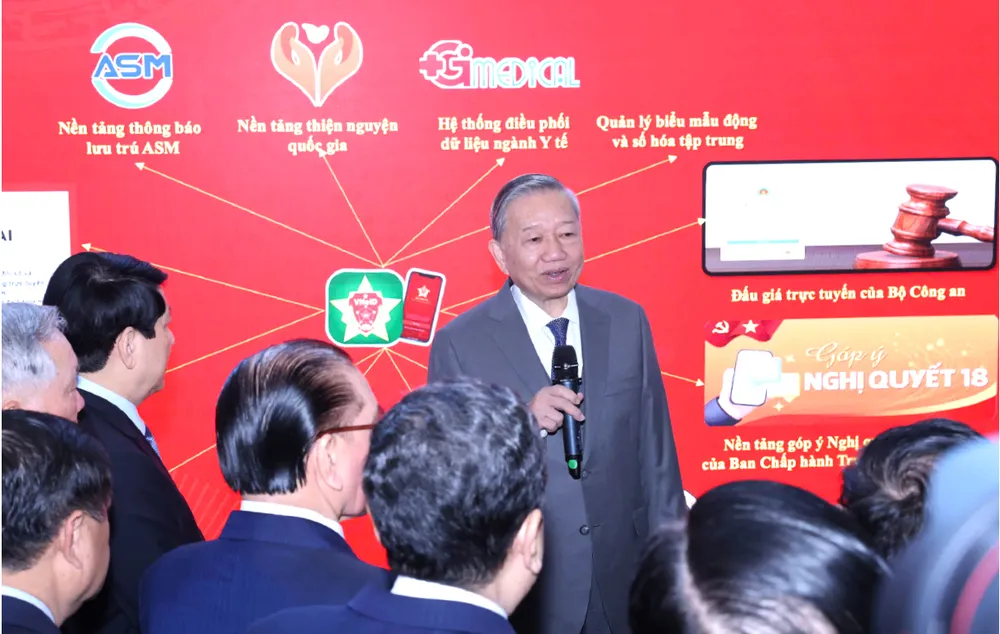

* Reporter : According to you, why is there this delay?
- Dr. Nguyen Quan : In my opinion, there are both objective and subjective reasons.
Objectively , we are in a period of great institutional changes, with the restructuring of the entire administrative system, from 3-level local government to 2-level. Along with that is the merger of ministries, branches and localities. At the same time, we must strive for the country's great goals of growth of over 8% this year, and over 10% in the following years. In addition, the preparation process for the 14th Congress also causes many ministries, branches and localities to focus on congresses at all levels, so the implementation of the contents of Resolution 57 is slowed down.
Regarding subjective causes, in my opinion, the biggest bottleneck lies in awareness . Many state management officials in science and technology have not yet fully grasped the implications of the new thinking set forth by Resolution 57 and Resolution 193 , leading to slow implementation, even ineffectiveness.
The example of the fund mechanism and the Science and Technology Development Fund (S&T) shows that, up to now, many people still do not understand why the fund mechanism can overcome the huge bottleneck in financial investment for S&T activities from the State budget. To implement this mechanism, it is necessary to change many rigid regulations in the laws related to the State budget and public asset management.
Regarding venture capital, although it was mentioned about 15 years ago in the High Technology Law of 2008, we have not yet implemented it in practice. During the past 15 years, there has not been any specific action to promote venture capital, nor has any ministry, branch or locality issued guidelines for the private sector to establish and operate venture capital funds.
Similarly, the mechanism of contract spending, although stipulated in Joint Circular No. 27 between the Ministry of Science and Technology and the Ministry of Finance issued nearly 10 years ago, allowing contract spending up to the final product, has not been applied in practice. The main reason is that the relevant laws have not been amended, leading to the inability to implement this mechanism in practice.

* Reporter : So, in your opinion, what needs to be done to make Resolution 57 truly come into life?
- Dr. Nguyen Quan : In my opinion, there are 3 things that need to be done immediately, and must be done decisively.
Firstly , ministries, branches and localities need to immediately identify their key technology fields, based on the reference list of strategic technologies and national strategic products according to Decision 1131 of the Prime Minister. From there, proceed to place specific orders for research institutes, universities and scientists, focusing on products that have advantages, have a market and are supported by the State for commercialization, and have businesses ready to receive and apply them to become social products. If we cannot implement the ordering mechanism, we cannot effectively use budget resources as well as investment capital from businesses for science and technology activities.
Second , ministries, branches and localities need to urgently establish science and technology development funds at the ministerial and provincial levels , in addition to the National Science and Technology Development Fund (NAFOSTED). All state funding for science and technology must go through the fund and the fund mechanism must be thoroughly applied. The state budget will provide money to the funds, and the funds will disburse according to the progress of approving science and technology topics and projects when ordered.
Third , there needs to be a policy of appropriate remuneration for those working in science and technology . First of all, leaders of ministries, branches and localities must trust and give real autonomy to the research team, from assigning tasks to applying the mechanism of spending and venture capital .
When there is trust and a suitable and open financial mechanism, even without the need for special salary treatment, scientific and technological activities themselves will bring them benefits, profits and income. Then scientists will feel secure in their work and have the motivation to contribute.

* Reporter: Resolution 57 and Resolution 193 both affirm the core role of institutes, schools and technology enterprises , both state and private. How do you evaluate the implementation of these two forces in recent times?
- Dr. Nguyen Quan : In the current institute and school sector, it is a very clear fact that scientific and technological research activities are not given due attention, mainly focusing on training. Research at many universities is only aimed at meeting the conditions for conferring the title of professor or associate professor.
Another reason is that up to now, institutes and schools have not been ordered to carry out research tasks. Public institutes and schools currently tend to conduct spontaneous research, mainly because scientists find something interesting and suitable to their abilities and propose it themselves. However, whether those topics are linked to market demand and have the potential for investment and development or not is not paid attention to. If the ordering mechanism is applied, in which the State, ministries, branches and localities base on the social development strategy and key technology products to order scientists at institutes and schools to research, and at the same time have application addresses and specific outputs, then the research activities of the institutes and schools will be much more effective. The ministries, branches and localities that place orders also need to be responsible for receiving research results, continuing to invest to perfect the technology and commercialize it. When applying the ordering mechanism, combined with the funding mechanism and the fund mechanism, scientists can truly do science.
With today's technology corporations, if they have good financial potential and human resources, they can establish their own research units and place orders for themselves. Enterprises such as FPT, CMC or Vingroup can establish research institutes, universities or scientific centers to meet their own needs and place orders to solve internal technology problems. For example, Vingroup has established the VinAI Institute and ordered this unit to develop smart technology platforms for the automotive industry. FPT has research units assigned to make software and design chips for different industrial fields. Therefore, scientists working in these technology corporations are assigned specific tasks and enjoy high remuneration from the enterprise.

* Reporter : How should we approach national strategic technologies, sir?
- Dr. Nguyen Quan : Recently, the Prime Minister issued a list of 11 strategic technology groups and national strategic technology products. These are technologies that play a very important role in the science and technology system in particular, as well as in the development of the national economic potential in general.
However, the big challenge is that we are at a very low starting position compared to the world in these fields. Recently, we have talked a lot about developing semiconductor chips, but in reality, we almost have to start from zero. Similarly, in the fields of high-speed rail or nuclear power, we also have almost no foundation, we also have to start from scratch.
Therefore, it is necessary to clearly define the implementation sequence and not be hasty. If we want to master source technology and core technology, we must first access the technology of developed countries, through cooperation to receive technology. In that cooperation process, we need to decode, learn and master each step. Only when we have grasped the entire technology, can we begin to develop our own technology, creating Vietnamese technology. However, the technology created by Vietnam needs to inherit and synchronize with the imported technology that is being operated and applied. The world has hundreds of years of development, with a solid foundation in both science and technology and industry, so we need to learn and take steps systematically.


My point of view is that we must invest heavily, invest to the threshold to be able to master strategic technology. Although the technological products we create may have high prices due to single production and no market, the important thing is to master them. In the short term, if we can buy them at a cheaper price, we can still import them, including vehicles, weapons, high-speed trains or nuclear power, etc. because the current import price is certainly much lower than self-production. However, in the long term, we still have to invest, research and develop to master the technology ourselves. Even if it takes time and is expensive, we must do it. Because if at some point a situation arises where we cannot buy them, Vietnam must be able to produce them ourselves, have the technology to apply, have products to put into operation, and cannot let the economy or social activities stagnate. The lesson from the story of "trade embargo" and "technology embargo" between the US and China today is a clear proof.

* Reporter : Resolution 57 has been issued, with many expectations of creating a real revolution in socio-economic development, as well as innovating the way society is governed and operated. How do you view this?
- Dr. Nguyen Quan : I think the role of leaders - from the national level to ministries, branches and localities - is a decisive factor. Those in this position need to radically change their thinking according to market mechanisms and international practices regarding science and technology (S&T) activities and innovation.
Many people say that the resolution is very good and are also very excited about the need for science and technology to have a mechanism for innovation and breakthroughs. However, many people still do not understand the core issues of Resolution 57. This is still a story about awareness and thinking. It must be understood that science and technology is a very special field, so the financial mechanism for it must also be special, must follow international practice with three mechanisms: ordering, contract spending and fund mechanism. If these three mechanisms cannot be implemented, it is very difficult to talk about the effectiveness of State investment in science and technology. Along with that, all levels and sectors must clearly identify and act decisively, considering science and technology and innovation as the main driving force for the country's socio-economic development. The resolution has been issued, the goals have been set, now is the time to act, to get started.
I hope that by the end of this year, the documents guiding the implementation of Resolution 57, Resolution 193, as well as the Law on Science, Technology and Innovation will be fully promulgated. At the same time, ministries, branches and localities also need to have specific action programs and specific products, not just stopping at studying and implementing the resolution. Only then can the "breakthrough" goals and contents of Resolution 57 soon become a reality.
* Reporter : Thank you!
Source: https://www.sggp.org.vn/de-nghi-quyet-57-som-di-vao-cuoc-song-bai-1-nhieu-dot-pha-nhieu-ky-vong-nhung-trien-khai-con-cham-post823041.html



![[Photo] Action for the Community tells stories of enduring journeys – both intimate and great, yet quiet and determined](https://vphoto.vietnam.vn/thumb/1200x675/vietnam/resource/IMAGE/2025/11/15/1763179022035_ai-dai-dieu-5828-jpg.webp)








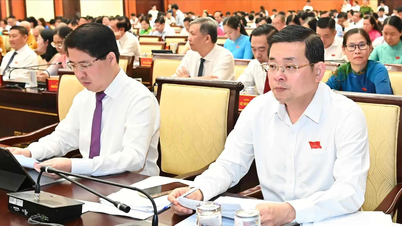






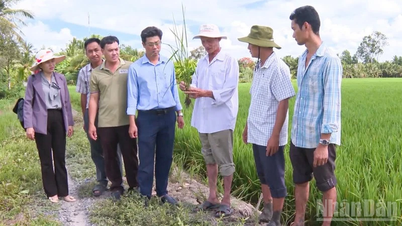



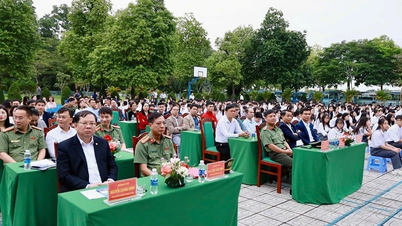










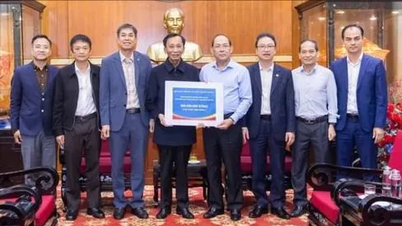



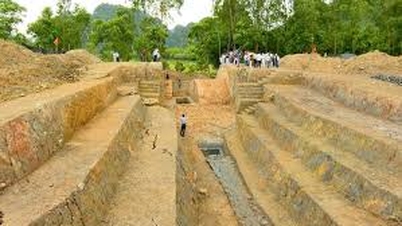







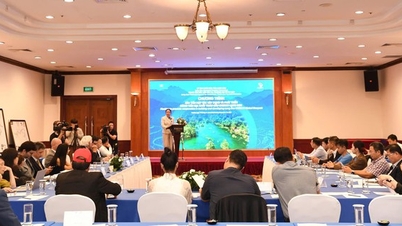









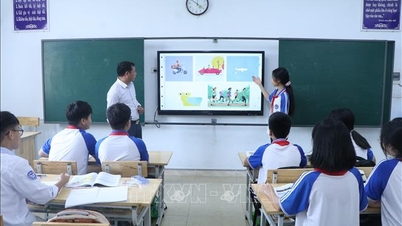
























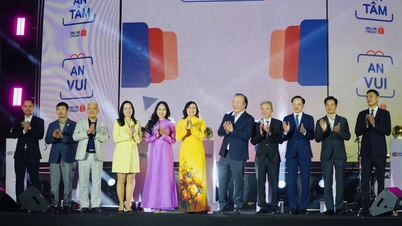







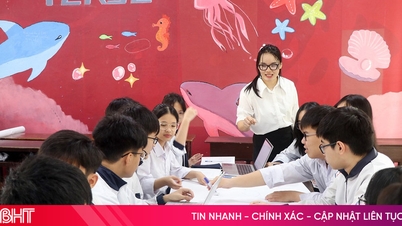





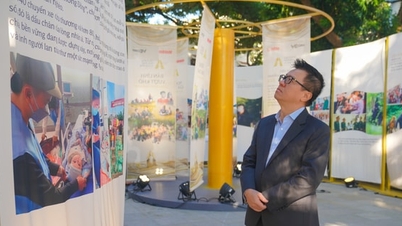











Comment (0)